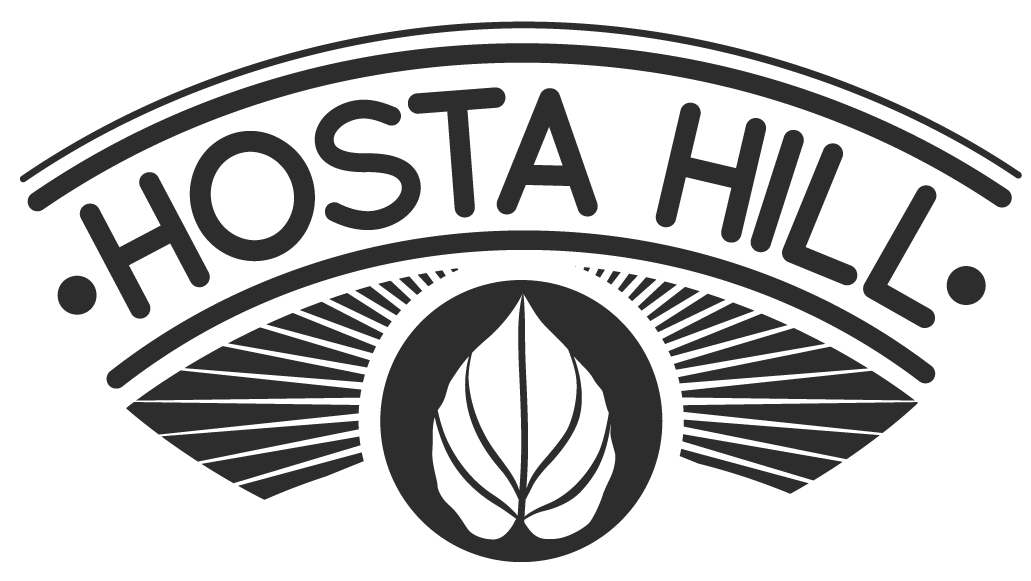Ancient Food Traditions are Bridged in the Vegan Paleo Diet
At first glance it may seem like a vegan menu is the polar opposite of a paleo diet, so how does a vegan paleo diet work? Vegans rely on plants for nutrition, without using or consuming animal products (like eggs or dairy). On the other hand, the paleo diet conjures up an image of cavemen gnawing on pieces of meat. But there is a way to consider the ancient eating habits of pre-agricultural people while maintaining a primarily plant-derived diet. The vegan paleo diet, sometimes called “pegan,” encourages people to eat whole, organic and fresh foods, especially vegetables.
Picture life in the paleolithic (2.5 million years ago until the dawn of agriculture about 10,000 years ago), when processed food was unimaginable. Then, increase your fresh vegetable intake, put dairy aside and you are starting to get the idea.
The pegan diet considers the source of the food, its freshness and how it was grown as an integral part of its nutritive value. At Hosta Hill, we are committed to crafting raw and unpasteurized food that is locally sourced. Check out our current offerings in the Hosta Hill Shop.
The vegan paleo diet: A brief overview
USA Today credits the vegan paleo diet to Dr. Mark Hyman, director of the Cleveland Clinic Center for Functional Medicine, who introduced the vegan/paleo mash-up in a blog post about his own diet.
According to his recommendations, 75 percent of the diet should be fruits and vegetables that are fresh, organic and unprocessed. Dairy and many grains should be avoided entirely. Eating pegan also includes getting healthy fats from foods like nuts, seeds and avocados.
Here’s a surprise! Eating pegan can include a small amount of organic, grass-fed meat (we prefer locally sourced). And, like many diets, the vegan paleo diet encourages that sugar gets cut out of the menu except as a treat. (1)
The vegan paleo diet asks for compromise from vegans and meat-lovers alike but embraces a way of healthy eating inspired by ancient practices. Peganism might be an ideal diet for people looking to transition to a more plant-based way of eating, for health and energy.
At Hosta Hill, a slow and natural fermentation process produces our high-quality, probiotic-rich, healthy vegetables. Be sure to visit our shop and try our locally sourced, organically and sustainably produced vibrant foods.
From the pegan horse’s mouth: Dr. Hyman breaks it down
According to Dr. Hyman in his blog detailing the pegan menu, “this way of eating makes the most sense for our health and the health of our planet. It is sustainable and kinder to animals.” He acknowledges the near-religious passion that subscribers to vegan or paleo ways of life may hold, but insists there is a place to meet in the middle. And, he says, “We now know that food is medicine.” (2)
If you’re thinking about making major changes to your diet, consider speaking to a nutritionist to make sure it’s right for your body and your health. By moving away from ultra-processed, sugary and packaged foods and feeding your body like an ancient human, the vegan paleo diet puts good, fresh, unprocessed organic food at the center of your menu and your wellness.
Whether you are vegan, paleo, pegan, or something else, the good healthy foods provided by Hosta Hill are for you. Raw, unprocessed, gluten and sugar-free, we make vital food. Visit the Hosta Hill shop and find that good medicine.
Sources:
Photo by Brooke Lark on Unsplash

